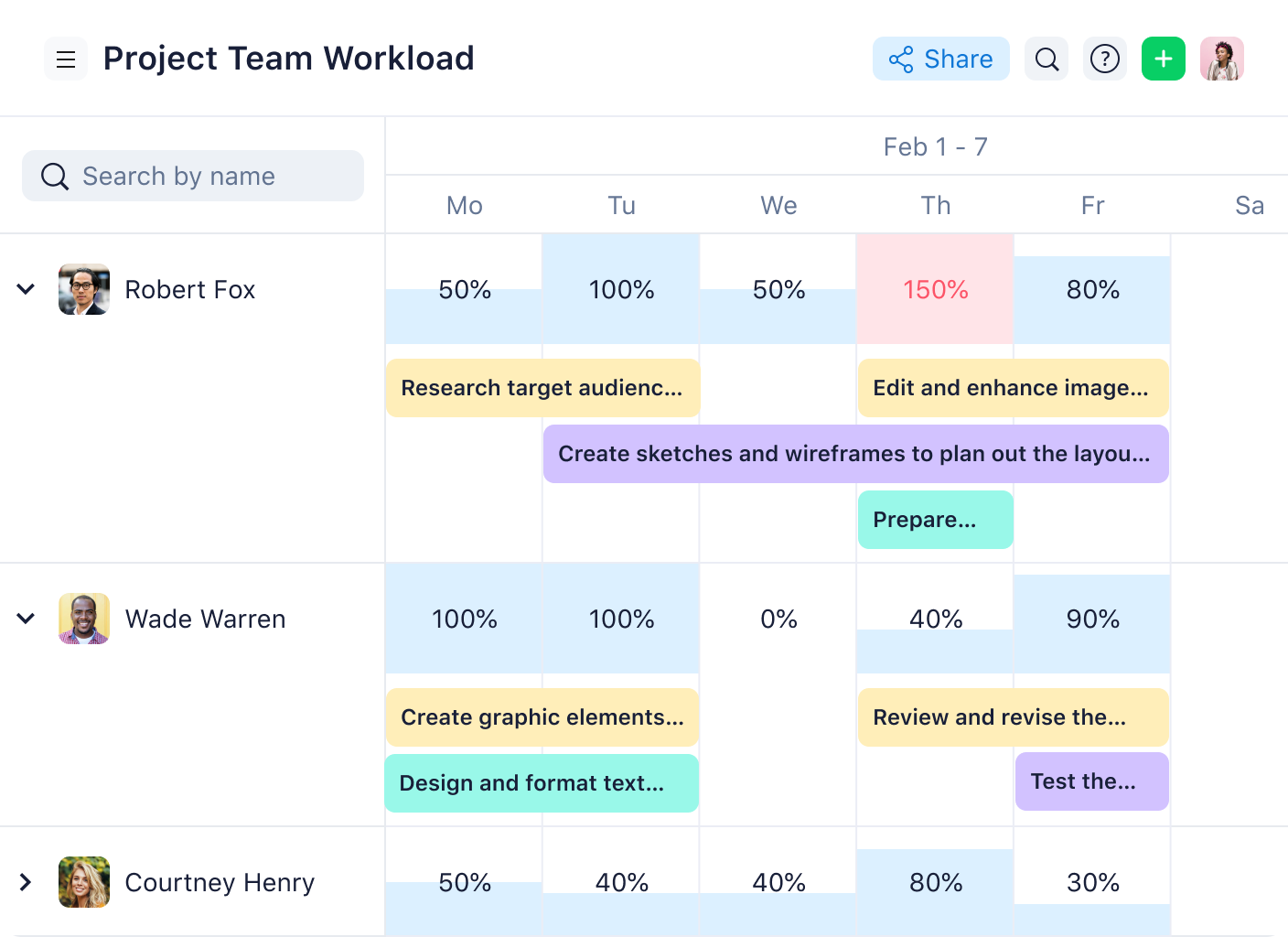What Is Scope Creep in Project Management?
Scope creep (sometimes known as “requirement creep” or even “feature creep”) refers to how a project’s requirements increase over the project lifecycle. Project managers often follow a defined process for managing scope creep, carefully monitoring and controlling every change to ensure each one is necessary.
In this article, we’ll expand on the above scope creep definition to understand why it occurs. We’ll also explain how to manage scope creep and share some examples.
Before we dive into the topic, you can unlock a free trial with Wrike and discover how to track all your projects in one platform with ease.
Interested in learning how to stop the scope creep before it starts? Keep on reading.
Why does scope creep happen?
Scope creep happens when the boundaries of a project expand without proper checks. It might look something like this:
- What once started as a single deliverable becomes five
- A product that began with three essential features now must have nine
- Midway through a project, the customer’s needs change, prompting a reassessment of the project requirements
Scope creep is typically caused by key project stakeholders changing requirements or sometimes by internal miscommunication and disagreements. This post tackles several ways it creeps up on projects, along with tips on how to nip it in the bud.
While it might result in project delays, roadblocks, or going over budget, scope creep is not always a bad thing. Remember that change is inevitable — customer needs evolve over time and delivering a project that answers their needs often means altering the scope. Scope creep is, therefore, a reality that every good project manager expects and plans for.


How to manage project scope
Changes to scope can be either uncontrolled, resulting in scope creep, or controlled, resulting in documented changes to the project requirements. Managing scope creep boils down to controlling those changes in scope via a change control process. This involves:
- Monitoring the project’s status and baseline scope
- Comparing actual work performance measurements with the baseline scope using variance analysis, i.e., “How different is the current project from the original plan?”
- Determining the cause and degree of the changes found
- Deciding on change requests, i.e., whether corrective or preventive action is needed
- Managing all change requests and recommended actions (whether corrective or preventive actions) via the “perform integrated change control” process
If approved change requests affect the project’s overall scope and cost baseline, then the scope statement, work breakdown structure (WBS), and/or cost baseline are updated and sent out to stakeholders. In short, all changes are processed, documented, and communicated properly.
If you would like to learn more about managing scope creep, you can also watch our video below.

Examples of scope creep
To avoid scope creep, it’s important to consider some concrete project scope creep examples:
Retail product launch
Consider a company that is launching a new type of phone case next month. The company has meticulously planned the product launch from start to finish.
However, over the course of development, the CEO and exec team decide they want to add a ring light, battery pack, and other elements to the case. This requires the project team to spend considerable additional time on this product, which, in turn, affects the product’s final launch date and the attendant revenue.
DIA baggage automation project
In a particularly famous real-world example of scope creep, we look to Denver International Airport (DIA) and its experience with attempting to create a fully automated baggage handling system, which was plagued by scope creep that involved over 2,000 design changes.
These design changes were, in part, a result of not including relevant parties in the planning stages and ignoring fundamental project concerns. The scope creep meant the project finished 16 months late and more than 250% over budget.
But while DIA’s attempt at automating baggage ultimately failed, there are key lessons to be learned from one of the most well-known project creep examples.
From this example, future project managers will hopefully be reminded of the importance of communicating with all stakeholders from the initial phases, heeding expert warnings about potential obstacles that could impact timeline and budget, and breaking projects into smaller chunks using achievable project milestones.
Keep scope creep at bay with Wrike
Scope creep, if left unchecked, can lead to project overruns, missed deadlines, and a significant increase in resources. It’s an issue that demands attention because it can subtly derail success, turning what was initially a well-defined project into an unmanageable one.
Wrike can be instrumental in managing and preventing scope creep. Our easy-to-navigate platform enables clear communication and collaboration, ensuring that all team members are on the same page about a project’s scope. With features such as Gantt charts, Kanban boards, and real-time reports, Wrike enables effective tracking of project progress against the initial plan.
Moreover, Wrike promotes 100% transparency and accountability, making it easier to monitor changes and prevent unauthorized alterations to the project scope. By providing a platform where all project details, updates, and changes are documented and visible to all stakeholders, Wrike ensures that scope creep is kept at bay.

Artem Gurnov
Artem is a Director of Account Development at Wrike. He previously held the role of Project Manager, overseeing a team of customer success managers (CSMs). Over the years of building teams and scaling business processes, he has successfully deployed multiple projects, from automating client outreach to setting up work prioritization tools for sales reps and CSMs.

